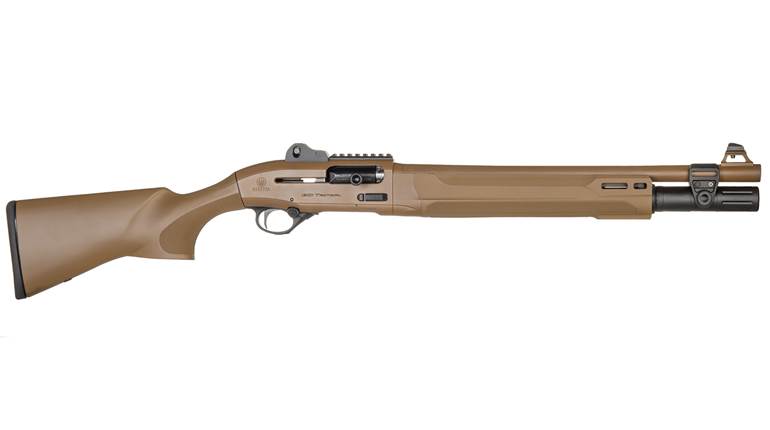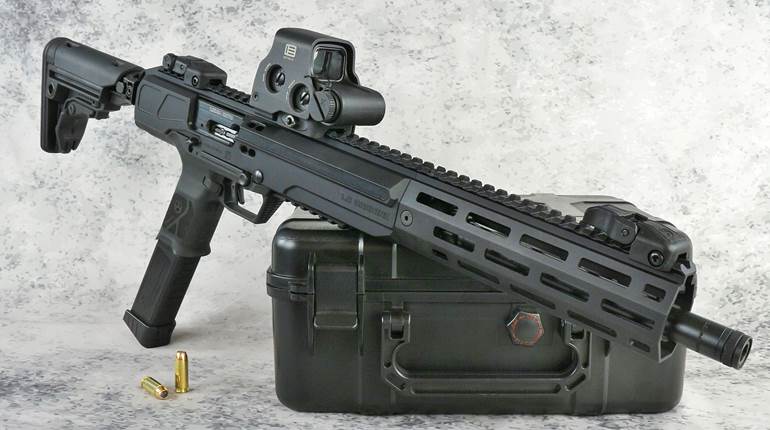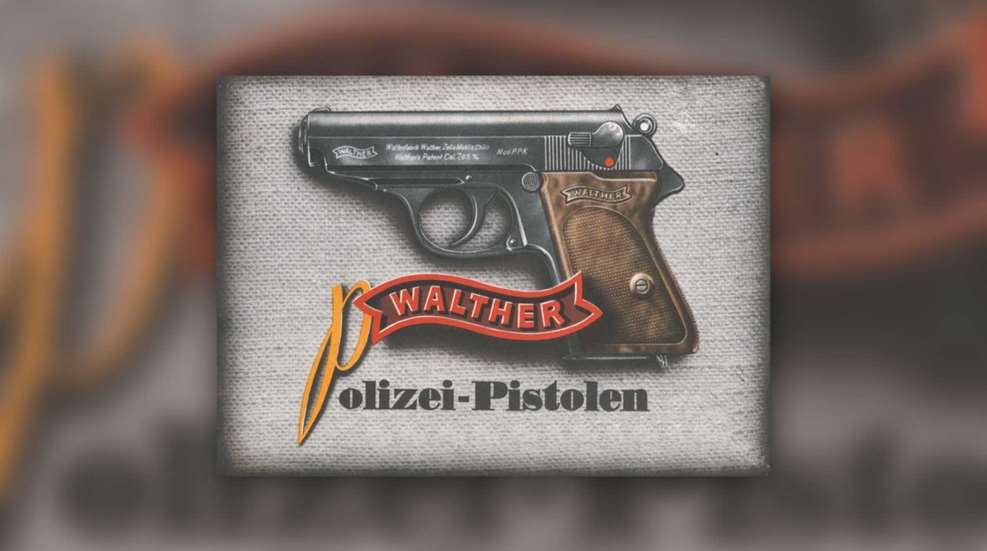
This article, "History In You Hand: Smith & Wesson's Walthers—the PPK and PPK/s" appeared originally in the August 2005 issue of American Rifleman. To subscribe to the magazine,visit the NRA membership page here and selectAmerican Rifleman as your member magazine.
It is probably the most instantly recognizable pocket auto in the world and certainly one of the better guns of the type. The fact that it has proliferated in use all over the world and has been in almost continuous production since 1929 says a lot about the Walther PP pistol and its descendants, the PPK and PPK/s. They’re still made, but if you want a brand new example of this legendary design, it will bear an incongruous, but still familiar, name on the slide: Smith & Wesson. Twists and turns in American laws have created a situation where German-made Walther PPK pistols cannot be imported into the United States. But they can be made here legally, and that’s exactly what S&W did in Houlton, Maine.
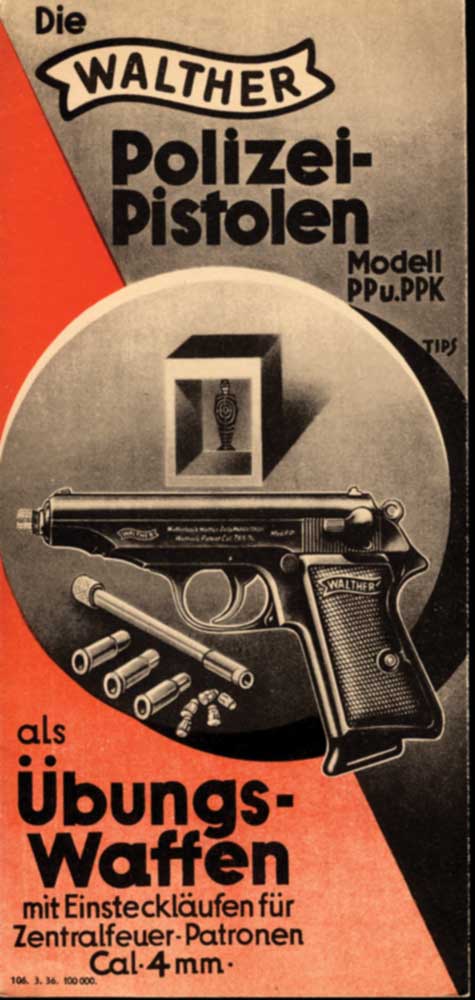
The story is complicated, but would not be worth the telling if the pistols were not worth the buying. It begins in the first decades of the 20th century, when the automatic pistol was the hot ticket for everything from military service to concealed carry. In Europe, police agencies were quicker to adopt the self-loader than those in America. Almost every industrial country in Europe had at least one model, but when Walther of Germany offered the world’s first successful semi-automatic pistol with a double-action/ single-action trigger system, nothing was the same afterward.
Walther’s revolutionary gun was the PP, which stands for Polizei Pistole or “Police Pistol.” It was a rather slim pistol of medium length and height. PPs were developed primarily for police use, but attracted military and civilian buyers also. Available references disagree, but possibly as early as 1930, Walther shortened both the butt and barrel/slide upper of the PP to create another pistol, the PPK, which stands for Polizei Pistole, Kriminal or “Police Pistol, Criminal.” In the German police system, the Criminal Police were the plain-clothes detectives, who obviously had need for a more concealable firearm.
The combination of a first shot double-action trigger pull with a subsequent single-action shot had not been used before on an automatic pistol. It is now a veritable standard on police, military and personal-defense pistols.
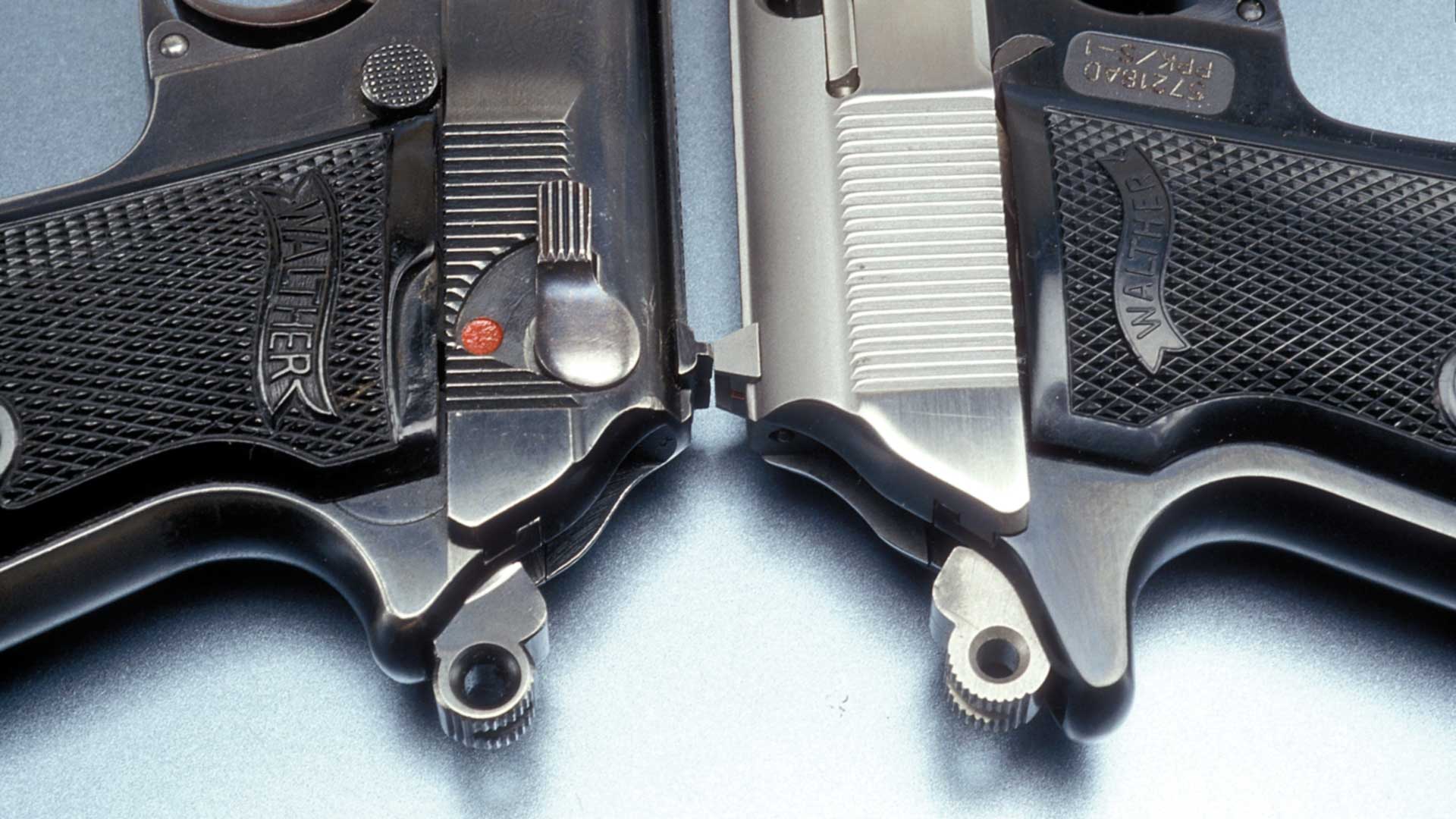
Lots of American G.I.s saw the PP and PPK pistols during the war, and part of the demand for them in the United Sates was literally a result of the wartime exposure. By the early 1950s, both guns were back in production, but made by the French firm of Manurhin. This continued into the 1960s when Walther resumed pistol production.
In the 1960s, there were relatively few DA/SA pistols of any caliber, but the PPK and PP were two of them. When Congress passed the Gun Control Act of 1968, the PPK became unimportable because it was too small under the new law. Interarms, the importer of the Walther line, came up with a quick and easy solution to the problem.
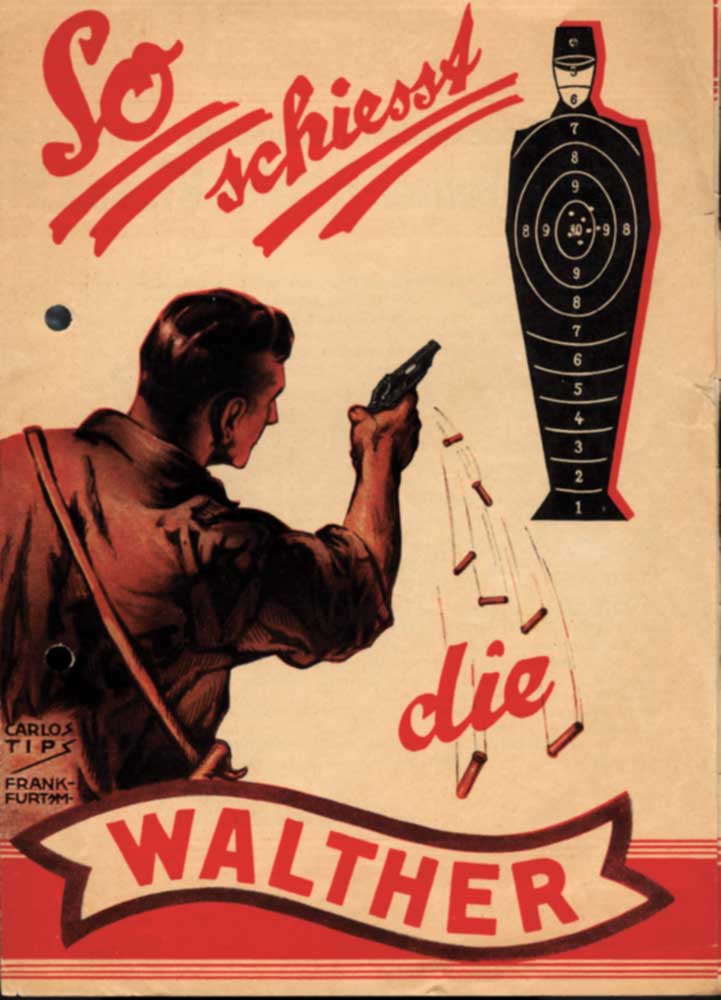
They simply had the German plant take a PP receiver and fit a PPK slide to it. This resulted in a gun that was dubbed the PPK/s, with the “s” standing for “special.” The longer frame gave the PPK/s one more round and a grip frame that filled the hand a little better than the short PPK. From the early ’70s onward, the PPK/s was a staple of the concealed-carry handgun scene. Eventually, Interarms established its own plant in the United States to manufacture select Walther pistols under license from the German firm. It was this plant that produced the first of the Walther autos in stainless steel.
When Interarms stopped offering the guns here, Walther teamed up with the legendary New England gunmaker Smith & Wesson. The two companies collaborated on an American version of the Walther P99 pistol. As part of the S&W/Walther agreement, S&W was to make and market some of the small Walther pistols in the United States. The list of such guns includes the PPK and PPK/s. And that brings us to the guns at hand.
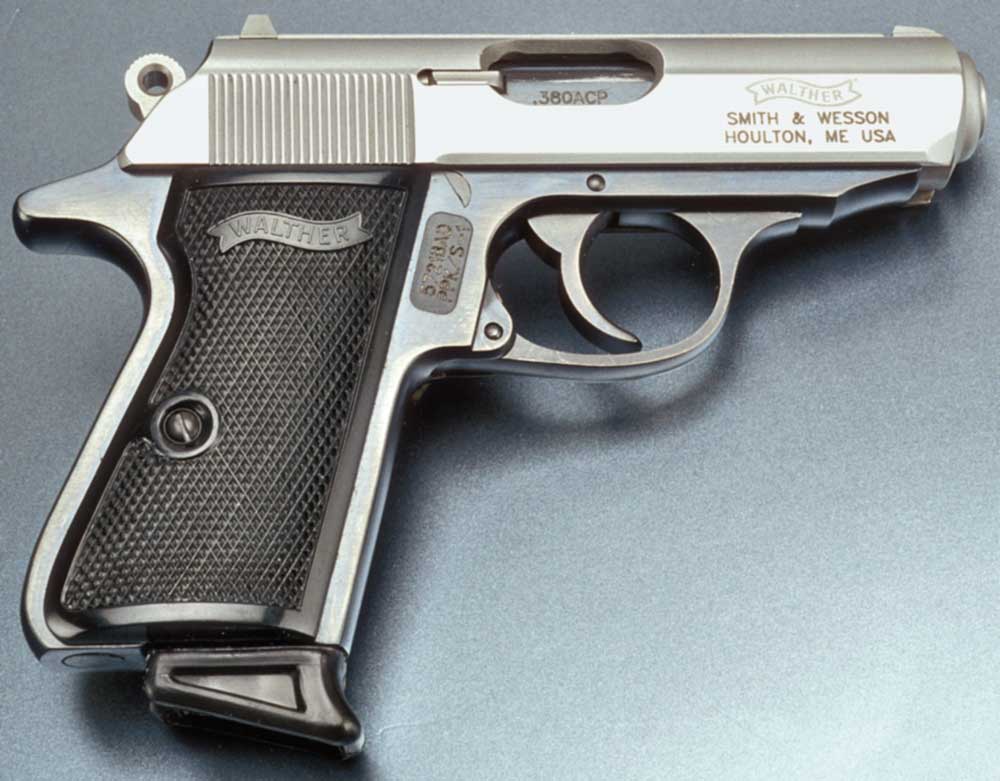
For this evaluation, I had three variations of the small S&W/Walther pistols—all made in S&W’s Houlton, Maine plant. They were a stainless PPK, a stainless PPK/s and a two-tone (stainless steel upper, carbon steel lower) PPK/s. All three were .380 Autos, though S&W tells me that it plans to make some .32 ACP guns as well.
Regardless of the chambering, the S&W version of the 75-year-old classic is a well-made firearm. In one of its particulars, the gun is a marked improvement over all earlier versions of the breed. I have owned, used and carried various models of the gun since the 1960s, and I have always liked them. But when it comes to shooting one of the little Walthers, I accept that I am going to get bitten. The shape of the grip tang, where the round spur of the hammer is at its full extension, is not ideal. You can get pinched or cut in the act of firing an original pocket Walther in the original configuration. This doesn’t happen with the S&W-made product. The makers simply extended the tang back far enough to keep the web of the shooter’s hand down and out of harm’s way. It is a significant improvement.
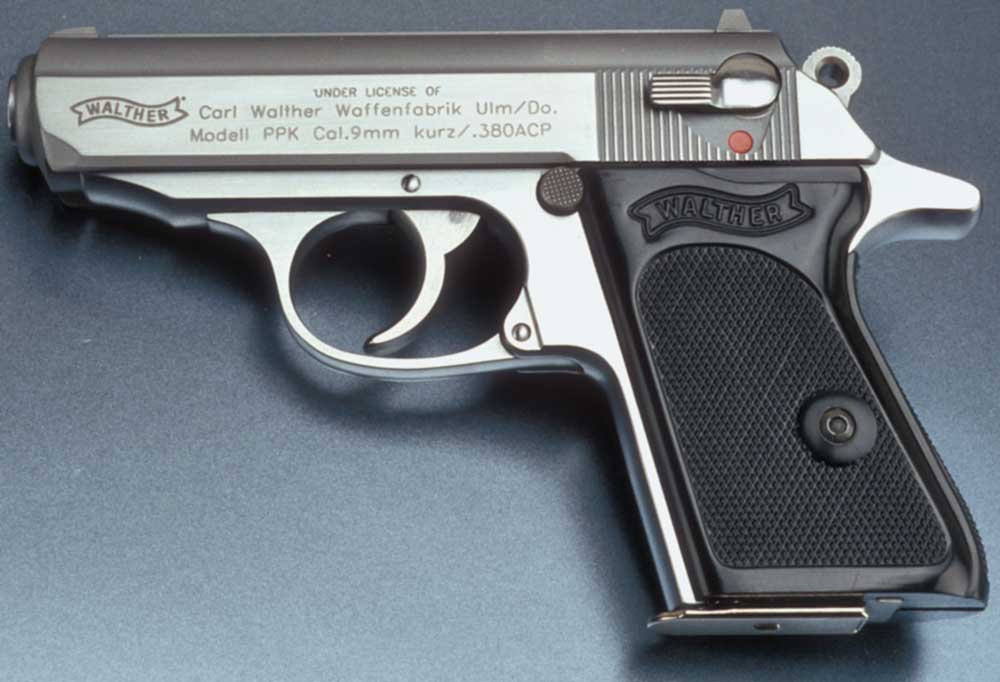
Other than that single contour change, these PPK and PPK/s pistols are both pretty much the same pistols we have seen on dealers’ shelves for many years. The quality of the product is very high, with carefully machined contours and polished flats throughout. Because it is about 1/4" shorter in height, the PPK weighs approximately two ounces less than its brother—21 ozs. instead of 23 ozs. PPK grips are black plastic with checkering and the Walther banner molded in. They wrap around the rear of the butt. On the PPK/s, the grips are flat plates since this model has a steel backstrap integral with the frame. On both models the sights are the same. An integral post with a small red dot is a sighting highlight. It matches up with a dovetailed rear sight sporting a painted red bar below the sighting notch. The rear sight also has a rather pronounced shadow recess that helps with a distinct sight picture. Walther sights have always been small, and these are typical.
The lockwork arrangement sometimes does takes a little getting used to, I must admit. The PPK system has an exposed hammer that the shooter never needs to touch in tactical circumstances. There is also a pivoting safety lever on the left rear of the slide. Note that when the lever is up, a big red dot is exposed; when it’s down, the dot is covered. It’s simple—when you see red, the gun will fire with trigger pressure.
Manufacturer: Smith & Wesson smith-wesson.com
Chambering: .380 ACP
Action Type: blowback-operated, double-action/single-action, semi-automatic pistol
Frame: stainless or carbon steel
Barrel: 3.35", stainless or carbon steel
Magazine: six- (PPK), seven-round (PPK/s) detachable box
Sights: fixed-post front, drift-adjustable rear
Trigger Pull: single-action, 4 1⁄4 lbs.; double-action, 13 lbs.
Overall Length: 6 1⁄4"
Height: 4" (PPK); 4 1⁄4" (PPK/s)
Weight: 21 ozs. (PPK), 23 ozs. (PPK/s)
The lever is both a safety and a means of safely lowering the hammer. To get your PPK ready for action, start with an empty pistol and the safety on (down). Insert a loaded magazine fully into the magazine well, then pull the slide all the way to the rear and release it. The slide will run forward and chamber a cartridge from the magazine. The hammer will be in the down position, but the trigger will be rearward in the trigger guard. Pivot the safety/decocker up and the trigger will snap forward to the double-action position. In my view, the gun is now ready to be holstered and carried. If you choose to do so, you can place the safety in the on (down) position. Understand however, that shooting in an emergency will require a rather awkward movement of the lever back to the off (up) position. With the lever up, you fire with a long arc, dynamic trigger pressure. After the first shot, the hammer will stay cocked and the trigger will stay rearward, so more shots will be from a short arc, static trigger pressure. With this arrangement, you can decock the hammer at any time by just flipping the decocker/safety lever down.
I verified that all was working in the customary fashion with my sample guns. To check the accuracy, I went to the range with a couple of .380 loads and the all-stainless PPK/s. The uppers of all three pistols are exactly the same, since all three have barrels of 3.35". Results are tabulated nearby. Functioning in this admittedly brief evaluation was without a glitch.
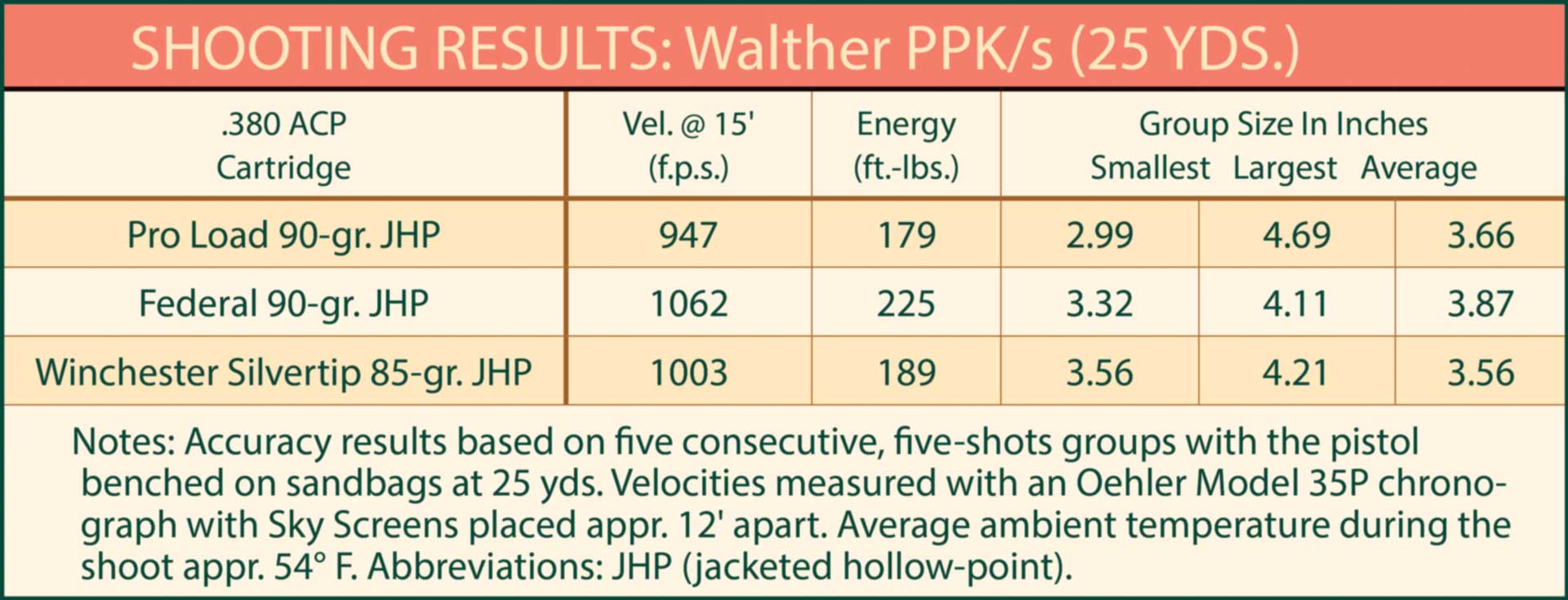
Since the 1930s, defensive handgunners have been using the PP, PPK and PPK/s pistols with great satisfaction. An excellent rendering of the gun now comes from a plant in Maine, and it appears that they behave as well as all of the German versions I have used over the years. I have to concede that it is a little odd to see those oh-so-familiar words “Smith & Wesson” on the right front corner of the oh-so-familiar Walther slide, but I am not complaining.













